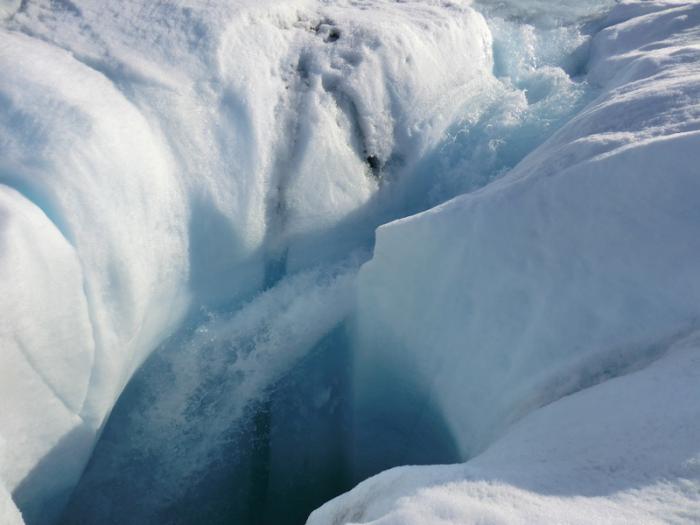
Arctic Warming: Heading for “Unchartered Territory”
In a year of climate records being broken on an almost weekly basis, the Arctic is breaking more than most and now could be stuck in a spiral of what is known as “Arctic amplification”.
In a year of climate records being broken on an almost weekly basis, the Arctic is breaking more than most and now could be stuck in a spiral of what is known as “Arctic amplification”.
This means that the region, which has always been on the front-line of climate change, is in trouble.
The warning signs are there. Month after month, climate records are being smashed. In Alaska, this spring has been the hottest on record. As one writer on Grist noted about the ununsually hot temperatures: “Alaska just can’t seem to shake the fever it has been running.”
Further afield, the warning signs are there too. Last week, the capital of Greenland, Nuuk, recorded the highest ever temperature in June. It was warmer than New York. In April another temperature record was broken in the country. On average temperatures have been ten degrees above normal.
Add to that last month sea ice in the region was its lowest level ever recorded raising fears with scientists that this year could beat 2012 for the worst year on record. Last month, sea ice was over 500,000 sq km (193,000 sq miles) smaller than May 2012.
Jonathan Bamber, Professor of Physical Geography at Bristol University in the UK, warns that “The region is undergoing warming at around twice the global average, and the ice is responding accordingly.”
All this is basically proof of Artic amplification: that the Arctic is warming faster than anywhere else on the planet and is now stuck in a feedback loop that is bad news for those who are worried about climate change.
The feedback is explained by scientists as such: “rising global temperatures are melting Arctic sea ice, leaving dark open water that absorbs more solar radiation, and that warms the Arctic even more.” And so the spiral goes from bad to worse.
Scientists also believe that the warming is affecting the Gulf stream too.
Now new research, published at the end of last week, in the journal Nature Communications, revealed further indications of Arctic amplification over northern Greenland during the summer of 2015.
The effects included a northern swing of the jet stream that reached latitudes never before recorded in the country at that time of year before.
The Greenland ice sheets –like those of western Antarctica – worry scientists, because they can raise sea-level rise by several metres, if they melt.
The lead author Marco Tedesco, a research professor at Columbia University’s Lamont-Doherty Earth Observatory and adjunct scientist at NASA Goddard Institute for Space Studies, who has been studying ice loss in Greenland for years, said “How much and where Greenland melts can change depending on how things change elsewhere on earth.”
He added “If loss of sea ice is driving changes in the jet stream, the jet stream is changing Greenland, and this, in turn, has an impact on the Arctic system as well as the climate. It’s a system, it is strongly interconnected and we have to approach it as such.”
Whether the patterns seen in 2015 will continue in the future remains to be seen, but the scientists are concerned: “The conditions we saw in the past aren’t necessarily the conditions of the future,” Tedesco said. “If humans change the forcing, we are going into uncharted territory.”

